Introduction
Aloe Vera, the modest houseplant is a ‘miracle,’ wonder plant, often hiding in plain sight. Having been around and used as a medicinal herb, it nourishes the body from the inside – it is rich in nutrients, aids in improving digestion and even boost immunity. Aloe Vera can be used topically too, i.e., its gel can be used to enhance one’s skin, especially the face and the hair.
However, before we get into the essential reasons and health benefits of Aloe Vera, let us first learn how to extract Aloe Vera gel directly from the plant. If you have an Aloe Vera plant at home, select its fatter leaves or stems and cut it from the base. Or you may pull the leaves from their bottom. Be careful as the plant has thorns.
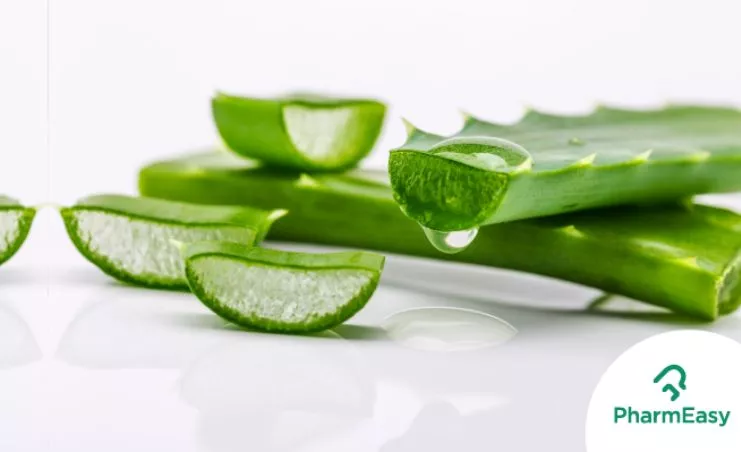
Next, use a sharp knife to slice the thorns from the edge of each leaf. Then slice the stalk in half and keep the gel side up. You may slice open leaf as well. Use a spoon to scrape the gel out into a container. When all the gel is extracted, refrigerate the gel. If this process seems too tedious for you, you can buy Aloe Vera gel from the market as well.
Did you know?
- Aloe vera contains vitamins A, C, and E, as well as enzymes, minerals, sugars, and amino acids. source: nccih.nih.gov
- Aloe vera gel has been used in the treatment of various skin conditions, including psoriasis, seborrheic dermatitis, and genital herpes. source: ncbi.nlm.nih.gov
- Aloe vera gel has been used in the treatment of ulcerative colitis and has shown potential benefits in wound healing and pressure ulcer prevention. source: ncbi.nlm.nih.gov
- Aloe vera gel has laxative effects and can be used for the treatment of constipation. source: ncbi.nlm.nih.gov
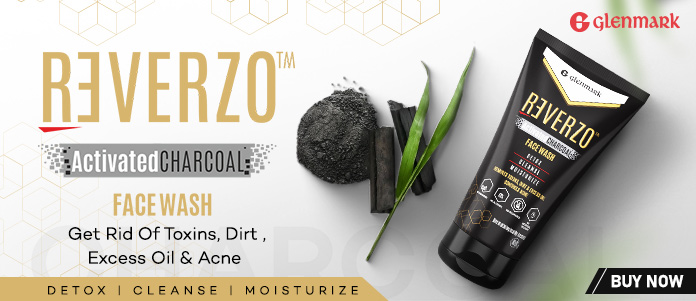
Here are six reasons to apply Aloe Vera gel on your face, skin, and hair
1. Helps soothe sunburn
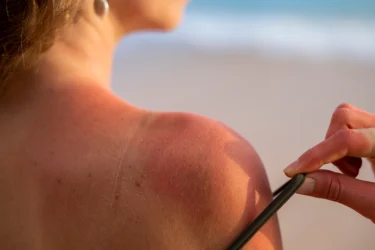
Aloe Vera gel has cooling properties and is anti-inflammatory. Hence, it is one of the most natural remedies for sunburn or burnt skin. Applying this gel helps with a protective layer for the skin, and it also helps to retain moisture. It is rich in antioxidants and minerals that boost the healing process. So now you can maintain your summer skin health using aloe vera.
Aloe vera contains the enzyme bradykinase, which is the active ingredient to suppress signs of inflammation, namely redness, swelling, pain, and heat when the gel is applied on the skin.
Dr. Siddharth Gupta, B.A.M.S, M.D (Ayu)
2. Helps to moisturize the skin
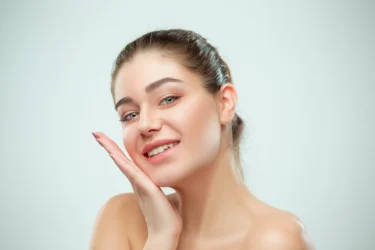
Unlike regular, market-bought moisturizers, Aloe Vera gel when used as a moisturizing gel doesn’t leave a greasy film on the face and the skin. In fact, it does just the opposite – it unclogs the pores and softens the skin.
It can be used as an aftershave treatment. This is because the Aloe Vera gel helps to keep the skin hydrated and heals burns by razors and smaller nicks & cuts. It also helps treat dry skin.
There has been a recent advancement regarding the composition of aloe vera. Researchers have isolated a compound, alprogen from aloe vera which is found to be effective against skin allergy.
Dr. Rajeev Singh, BAMS
3. Boosts healing of wounds
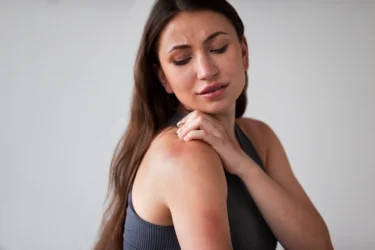
It is now a known fact that Aloe Vera is highly beneficial for burns, cuts, and other injuries. This is because Aloe Vera boosts the healing of wounds, i.e., reduces the time of healing. This is true especially in the case of 1st degree and 2nd-degree burns. It’s a great skin burn treatment. It also helps to speed up skin cell reproduction as much as eight times. Aloe Vera is also known to penetrate the epidermis, i.e., the outer layer of the skin faster than water.
4. Fights skin-ageing

Aloe Vera gel has vitamin C and E, beta-carotene in abundance. Therefore, it has anti-ageing properties. It also contains antimicrobial properties and is anti-inflammatory. It also helps to eradicate skin blemishes and diminish age lines. Additionally, it helps to increase the production of collagen in the body and skin elasticity.
A Highly effective and prominent compound which works against inflammation of the skin has been recently extracted
Dr. Ashok Pal, B.A.M.S.
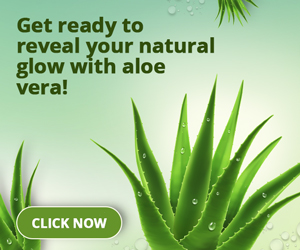
5. Reduces infection and acne
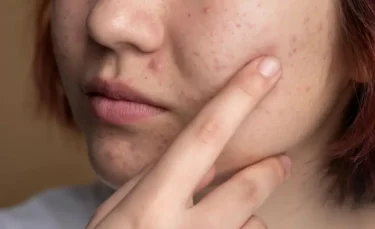
Those who suffer from acne will find respite in Aloe Vera. It helps in gentle cleansing, and its antimicrobial properties treat pimples without causing any damages to the skin. It is an antiseptic that allows protection against bacteria. Aloe Vera contains polysaccharides and gibberellins. These help in the growth of new cells and at the same time, reduce inflammation and redness. It also works as an astringent that reduces the size of pores, flushing out the excess sebum, microbes, and dirt.
6. Lightens blemishes on the face
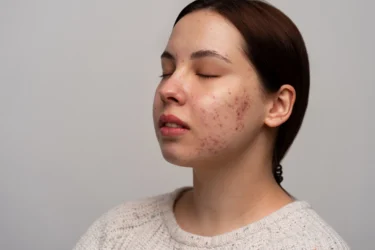
As we already know, Aloe Vera contains powers to boost skin cell reproduction, reduce redness, and fight skin inflammation, it is a natural treatment for stretch marks and acne marks. To treat freckles and lighten age spots, add some lemon juice to the gel mixture. It is one of the perfect home remedies for glowing skin.
Aloe vera gel is considered a great cleanser for the skin due to its antiseptic action. It is comprised of soap-like substances, saponins, which are effective antiseptic agents.
Dr. Smita Barode, B.A.M.S, M.S.
Aloe Vera for hair and scalp
1. Helps in hair growth

Like skin reproduction, Aloe Vera gel helps in activating new hair growth as it increases blood circulation to the scalp. It also provides essential minerals and vitamins. Aloe Vera contains proteolytic enzymes that help repair dead skin on the scalp. So aloe vera works as a great remedy for scalp problems in women and men.
PharmEasy Recommends: Everherb (By Pharmeasy) Aloe Vera Juice With Pulp
2. Keeps dandruff at bay
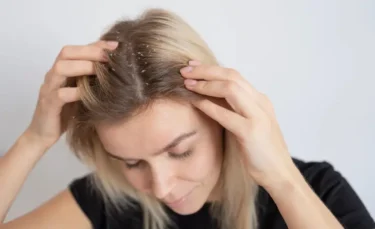
Aloe Vera helps in healing dry skin, fungal infections and excessively oily skin. All these are significant causes of dandruff. It is one of the natural ways to get rid of dandruff.
3. Acts as a conditioner to the hair and scalp
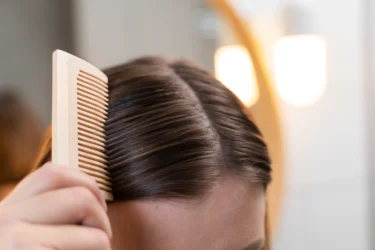
Just as how it moisturizes the skin, Aloe Vera helps to condition the hair and soften it. Regularly applying Aloe gel to the hair and scalp helps to maintain the vitality of the hair and its shine.
Did you know that there are almost 250 different aloe vera varieties, out of which only 4 are capable of beneficial effects on health? Also, aloe vera is 96% water. The health benefits are due to the constituents which constitute about 4% of the composition of aloe vera.
Dr. Anuja Bodhare, B.A.M.S, M.D (Ayu)
Ways to use Aloe Vera for skin
Here are a few simple and easy Aloe vera DIY recipes for using it on your skin:
- Aloe Vera Gel: Take 1 tablespoon of aloe vera gel or fresh aloe vera pulp and apply directly to the face and neck.
- Aloe Vera Gel, Vitamin E: Break the Vitamin E capsule and pour the content into 1 tablespoon of aloe vera gel, mix it thoroughly, then apply to the areas around your eye, and leave it on overnight.
- Aloe Vera, Raw Honey, Sea Salt: Mix 2 tablespoons of aloe vera with a little sea salt, add in a tablespoon of honey, combine it well, use as a gentle scrub for mild exfoliation on the body and face, and rinse with warm water.
- Aloe Vera, Honey, and Rosewater: Combine 1 tablespoon of aloe vera, 1 tablespoon of raw honey, and 2 tablespoons of rosewater, mix into a smooth paste and apply as a mask, leave it on your face for 10-20 minutes, wash with warm water, and can be used several times a week for those with acne issues.
Also Read: 7 Powerful Home Remedies For Acne
Frequently Asked Questions (FAQs)
There are a few side effects of aloe vera. If you take aloe vera orally, it might cause cramping and diarrhoea as it has a laxative effect. It can also be bad for the colon. High doses of oral aloe are dangerous and you can also have intestinal problems, heart disease, hemorrhoids, kidney problems, diabetes or electrolyte imbalances.
Aloe vera used in creams and gels vary in dosage. While some may have just 0.5% aloe vera, others may contain as much as 70% aloe vera, used as a treatment for psoriasis. Aloe as an oral supplement must be consumed in moderation and it is best to consult a doctor.
Aloe vera is often used as a natural remedy for dark circles. It may improve skin moisture, support mature skin and reduce inflammation and is recommended to use under the eye but not too close to the edge of your eyelid.
Disclaimer: The information provided here is for educational/awareness purposes only and is not intended to be a substitute for medical treatment by a healthcare professional and should not be relied upon to diagnose or treat any medical condition. The reader should consult a registered medical practitioner to determine the appropriateness of the information and before consuming any medication. PharmEasy does not provide any guarantee or warranty (express or implied) regarding the accuracy, adequacy, completeness, legality, reliability or usefulness of the information; and disclaims any liability arising thereof.
Links and product recommendations in the information provided here are advertisements of third-party products available on the website. PharmEasy does not make any representation on the accuracy or suitability of such products/services. Advertisements do not influence the editorial decisions or content. The information in this blog is subject to change without notice. The authors and administrators reserve the right to modify, add, or remove content without notification. It is your responsibility to review this disclaimer regularly for any changes.

441

14

